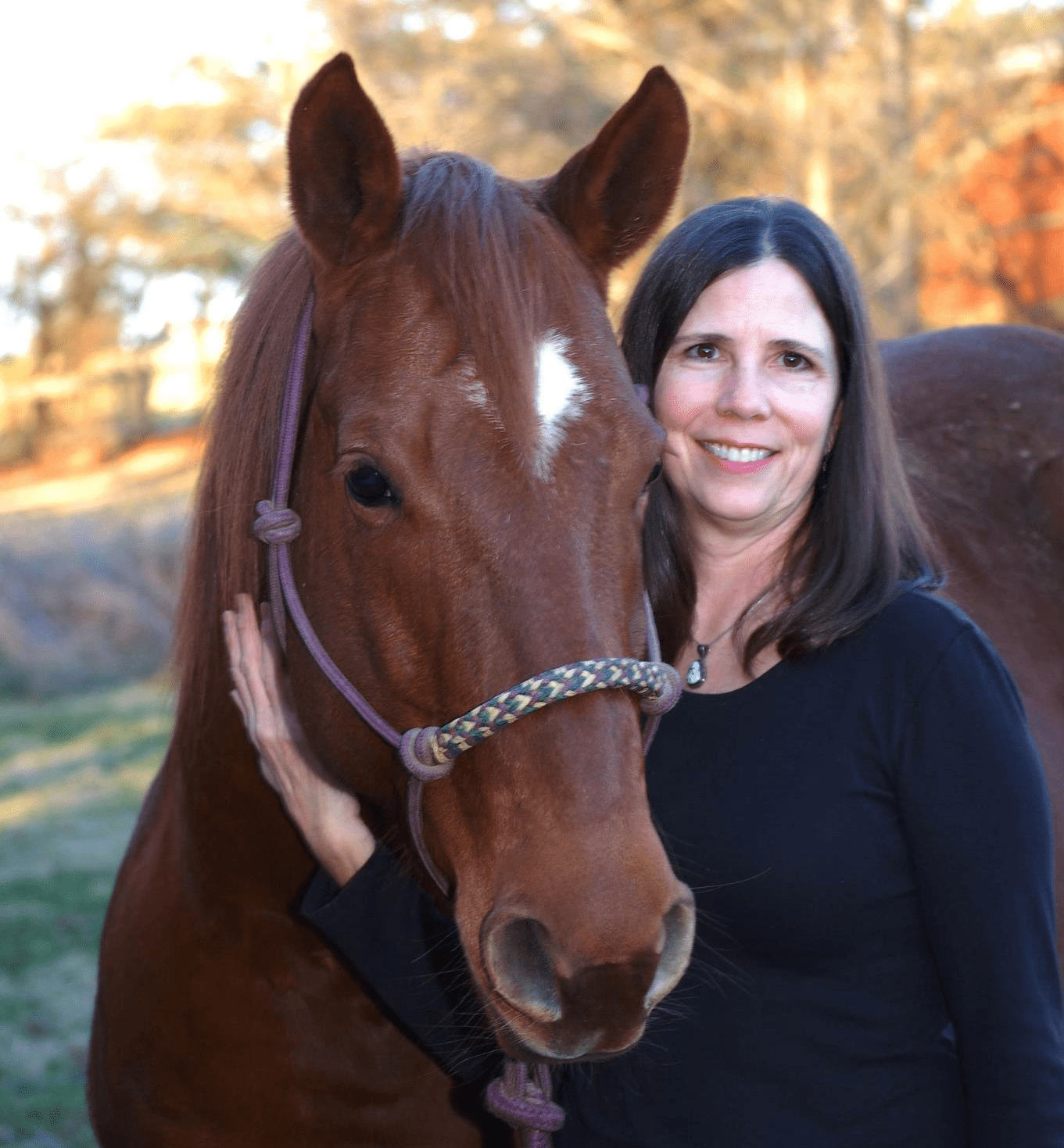AAEP 2003: Multiple Ovulations
There are three major reasons to attempt to have a mare “superovulate” or ovulate more than one follicle at a time. First, in embryo transfer programs there is a greater chance of recovering an embryo with superovulation, thus reducing the expense of getting a viable embryo for transplanting. Second, it has been found that superovulation of a mare in transition (early in the year before she i
- Topics: Article
There are three major reasons to attempt to have a mare “superovulate” or ovulate more than one follicle at a time. First, in embryo transfer programs there is a greater chance of recovering an embryo with superovulation, thus reducing the expense of getting a viable embryo for transplanting. Second, it has been found that superovulation of a mare in transition (early in the year before she is cycling regularly) will often hasten the onset of normal estrous cycles. Third, in breeding mares to stallions with low fertility, superovulation can increase the chances of conception.
Ed Squires, PhD, an honorary Diplomate in the American College of Theriogeniology (reproduction), has long studied mare and stallion reproduction at Colorado State University. One of his recent studies involves a new commercially available product called equine follicle-stimulating hormone (eFSH, from Bioniche Animal Health)
Create a free account with TheHorse.com to view this content.
TheHorse.com is home to thousands of free articles about horse health care. In order to access some of our exclusive free content, you must be signed into TheHorse.com.
Start your free account today!
Already have an account?
and continue reading.

Related Articles
Stay on top of the most recent Horse Health news with

















